Motorcycle Investor mag
Subscribe to our free email news
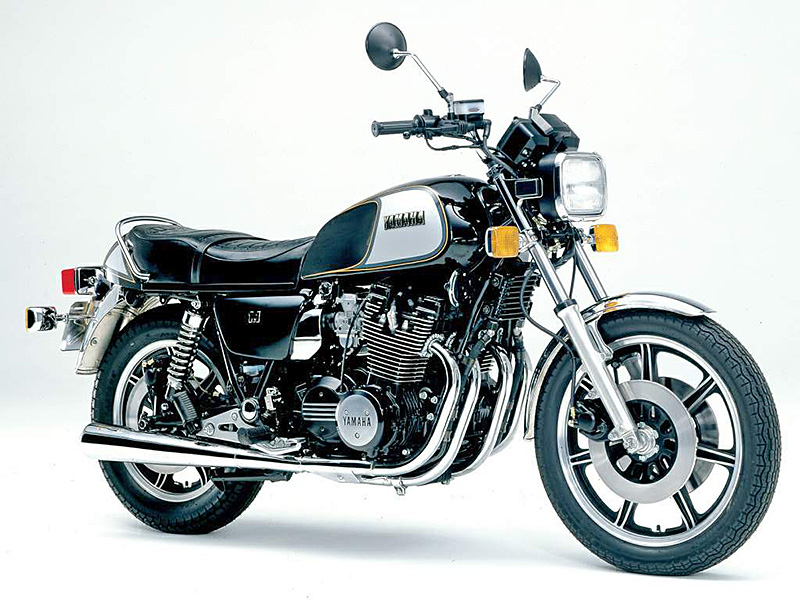
Mighty Bikes – Yamaha XS1100
It may now look like a two-wheeled dinosaur, but back in 1978 the XS1100 was an endurance race winner
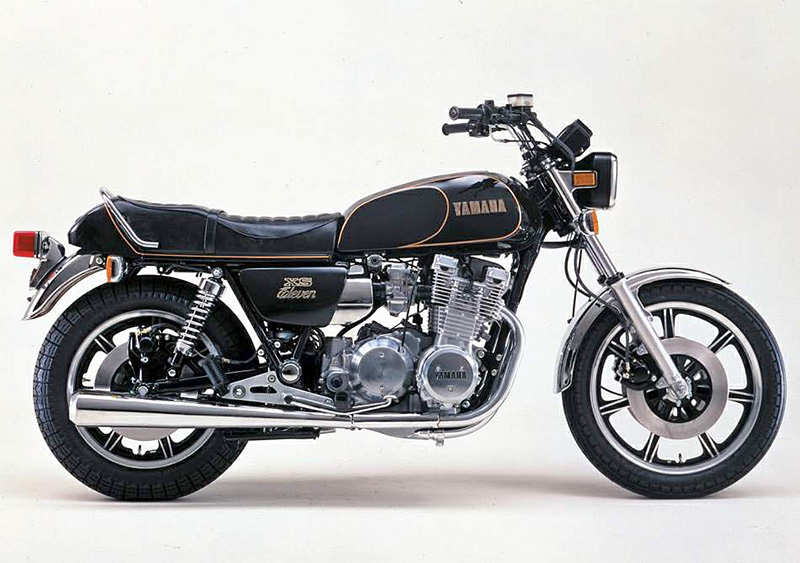
(by Guy 'Guido' Allen, Apr 2021)
If ever there were a case to be made for the hackneyed phrase, ‘win on Sunday, sell on Monday’, Yamaha’s big XS1100 would be the perfect illustration.
Despite being what was at the time an absolute behemoth of a motorcycle, with shaft drive, and all the appearances of being primarily a tourer, it managed to win the legendary and hugely competitive Castrol 6 Hour production race in Australia, a lap ahead of a Ducati 900SS and Honda CBX1000.
It was a result that helped to cement the model into the national motorcycle psyche and meant that, no matter what your reason for buying one, it deserved respect. Sure, once you loaded it up with the favourite pillion and all the camping gear (which is how many of them spent their lives) it probably handled like a wheelbarrow full of clowns. Didn’t matter – it was still a 6 Hour winner.
That says as much about the times as it does the motorcycle itself. While such things as market segmentation did exist – you could buy a cruiser, a heavy tourer or a dedicated sports bike – they tended to be the outliers. The volume sellers were the models that would and could tackle anything: commuting, touring, play-racing.
In that environment, particularly in the late 1970s, the XS1100 was a very competitive package. Even if it rapidly became less so in fairly short order as the competition upped its game.

So what was in the tin? To the casual observer, it was a very conventional two-valve, double overhead cam air-cooled, inline four with a bank of four 34mm CV carburettors. There was much discussion of the innovative design of the engine’s ‘polyspheric’ combustion chamber, which was chasing a ‘hemi’ effect without the drawbacks inherent with that path.
In that respect, this was a whole lot more than an XS750/850 triple platform with an extra cylinder tacked on.
The end result was a formidable 95 horses at 8500rpm and a solid 90Nm at 6500. That was propelling a 260kg (wet) package.
As for the chassis, it was very conventional: a twin-loop steel frame with non-adjustable telescopic fork and twin shocks out back with preload adjustment. Braking was by triple discs.
It’s really the chassis which caused some consternation among reviewers, with one English test somewhat unkindly likening the machine to a bullet in a straight line and a tea trolley through the corners. Others implied you threw the thing hard into a turn at your own risk.
There was some truth to that, though by the standards of the day the XS was a long way from being terrible. It would wallow and get unruly when pushed hard over less-than-ideal roads, which meant you had to ride it with a modicum of respect.

Straight line stability was generally very good, but you needed to make an effort to heel it into a turn quickly and treat any mid-corner undulations with a fair bit of respect. Given all that, they were still a formidably quick point-to-point proposition.
Braking? Okay for the day, gothic by current standards
Reliability was generally excellent. Some owners reported issues with second gear failing, however they tended to be fixed long-term. For most it was old age and wear finally getting to them. People loved them as long-distance mounts that could carry any load, and they were popular as sidecar tractors.
The upshot of that is they became difficult to find in
anything resembling decent condition, particularly in this
country where they were literally ridden into the ground.
However there would seem to be a clique of owners with
good examples in their sheds, kept as much-loved classics.
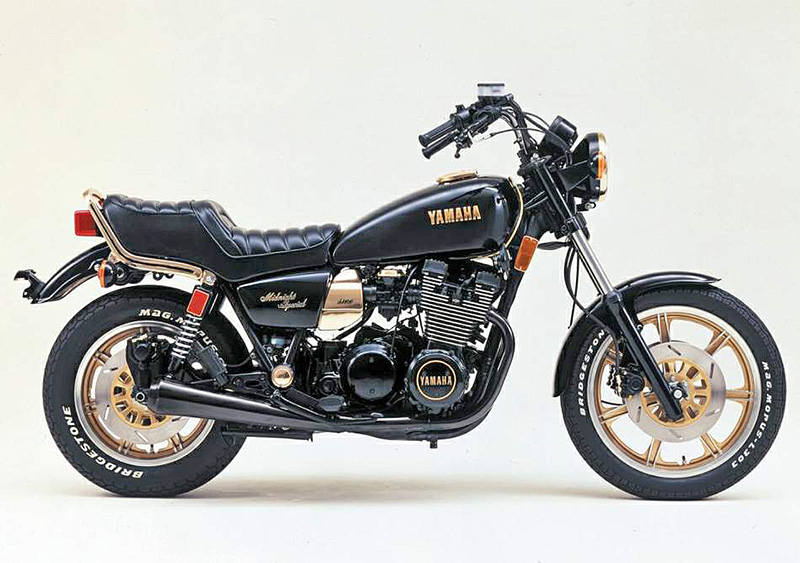
Numerous variants were built over the years, including a Midnight Special cruiser version for (of course) the USA market.

There was also a USA tourer called the Venturer, featuring a fibreglass fairing and panniers made by Pacifico.
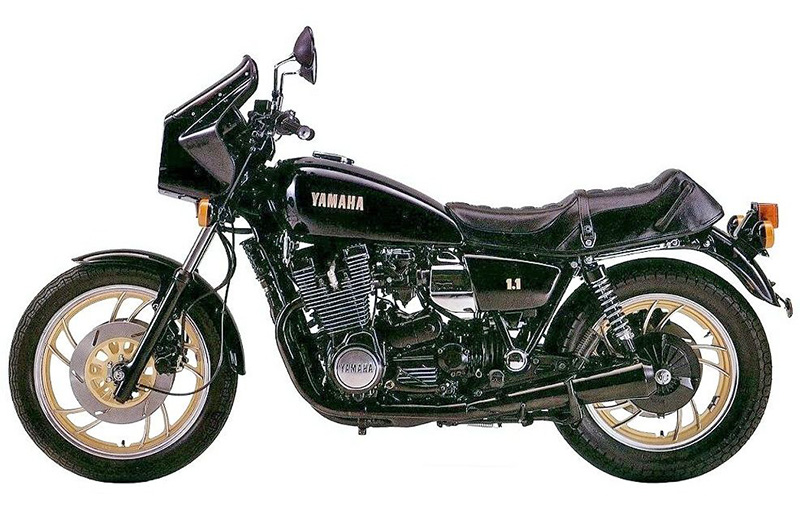
Our favourite is the final throw of the dice, which is the handsome XS1.1 – essentially the same thing as the original under the paint, albeit with some suspension upgrades, a lower seat and slimmer fuel tank.
Despite their success, Yamaha XS1100s spent a remarkably
short time in the market – 1978-82. Eventually it was the
FJ1100/1200 series and its four-valve engine platform that
was to pick up the brand’s big performance road bike
mantle, in 1984.
See the period
road test from Classic Two Wheels
***
Yamaha XS1100 at the 1978 Castrol 6 Hour

1978 Castrol 6 Hour pictorial
(source of the pic above)
1978 Castrol 6 Hour video
Part 1;
1978 Castrol 6-Hour podium
1st: Roger Heyes, Jim Budd, Yamaha XS1100 – 354 laps
2nd: John Warrian, Terry Kelly, Ducati 900SS – 353
3rd: Mick Cole, Dennis Neil, Honda CBX1000 – 353
AMCN feature – riding a restored 1978 Castrol 6 Hour winner
***
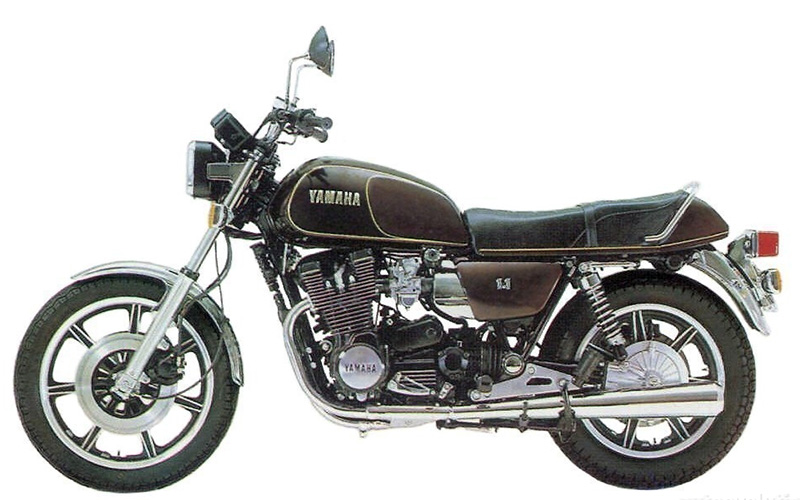
Good
Fast
Strong
Reliable
Not so good
Ropey handling
Hard to find in good shape
SPECS
1978 Yamaha XS1100
ENGINE:
TYPE: Air-cooled, two-valves-per-cylinder, inline four
CAPACITY: 1101cc
BORE & STROKE: 71.5 x 68.6mm
COMPRESSION RATIO: 9.2:1
FUEL SYSTEM: 4 x Mikuni BS 34SS
TRANSMISSION:
TYPE: Five-speed, constant-mesh,
FINAL DRIVE: Shaft
CHASSIS & RUNNING GEAR:
FRAME TYPE: Steel twin-loop
FRONT SUSPENSION: Telescopic fork, no adjustment
REAR SUSPENSION: Twin shocks, no adjustment
FRONT BRAKE: 2 x 298mm discs
REAR BRAKE: 1 x 298mm disc
DIMENSIONS & CAPACITIES:
WET WEIGHT: 260kg +
SEAT HEIGHT: 820mm
WHEELBASE: 1530mm
FUEL CAPACITY: 22lt
TYRES:
FRONT: 3.50-19
REAR: 4.50-17
PERFORMANCE:
POWER: 71kW @ 8500rpm
TORQUE: 90Nm @ 9000rpm
OTHER STUFF:
PRICE NEW $3350 plus on-road costs
-------------------------------------------------
Produced by AllMoto abn 61 400 694 722
Privacy: we do not collect cookies or any other data.

Archives
Contact




